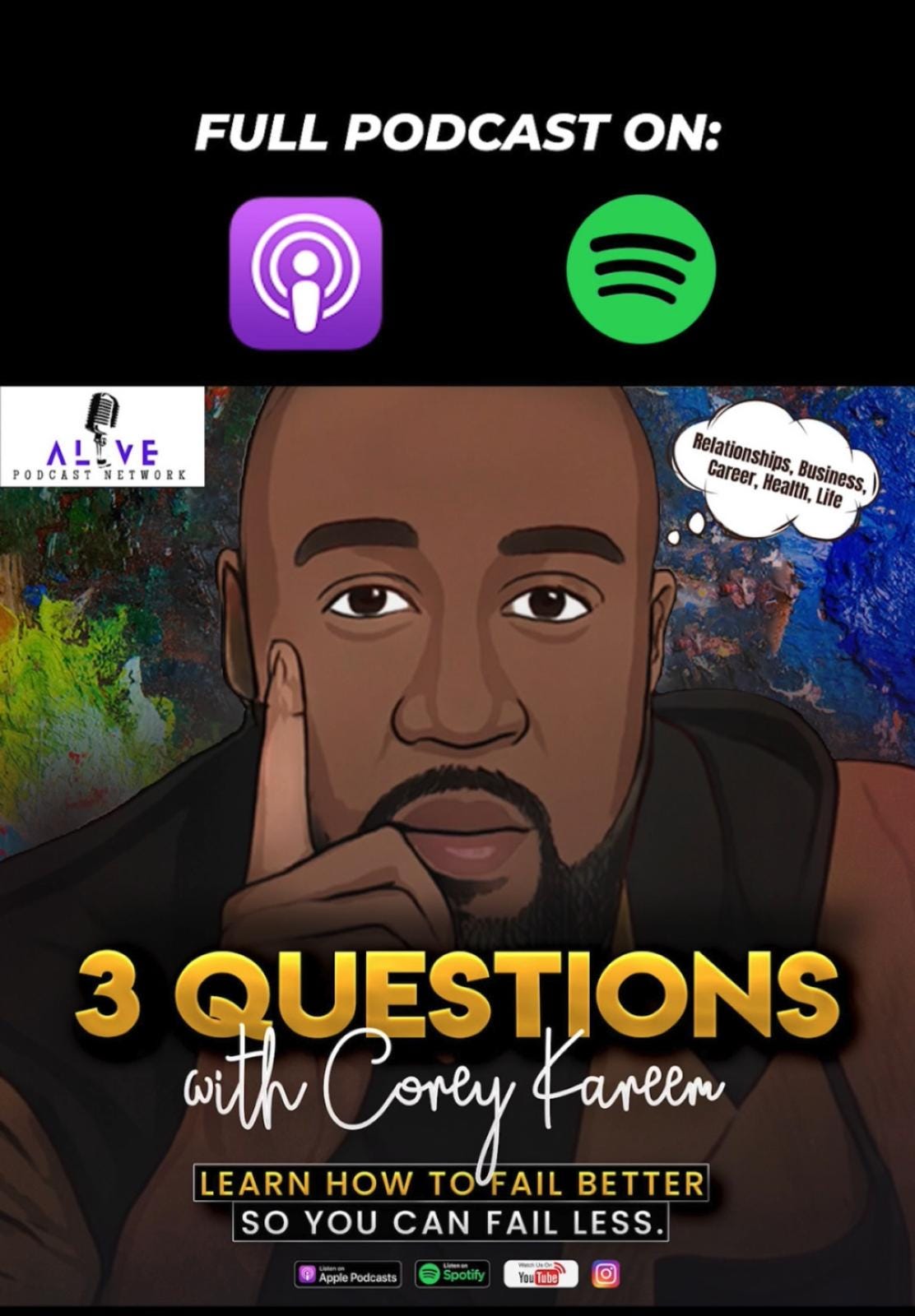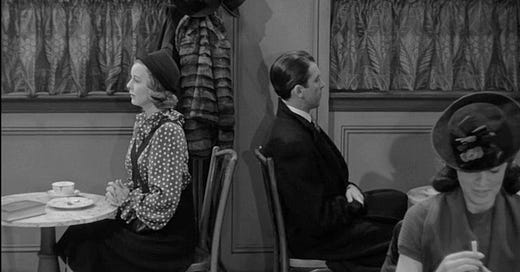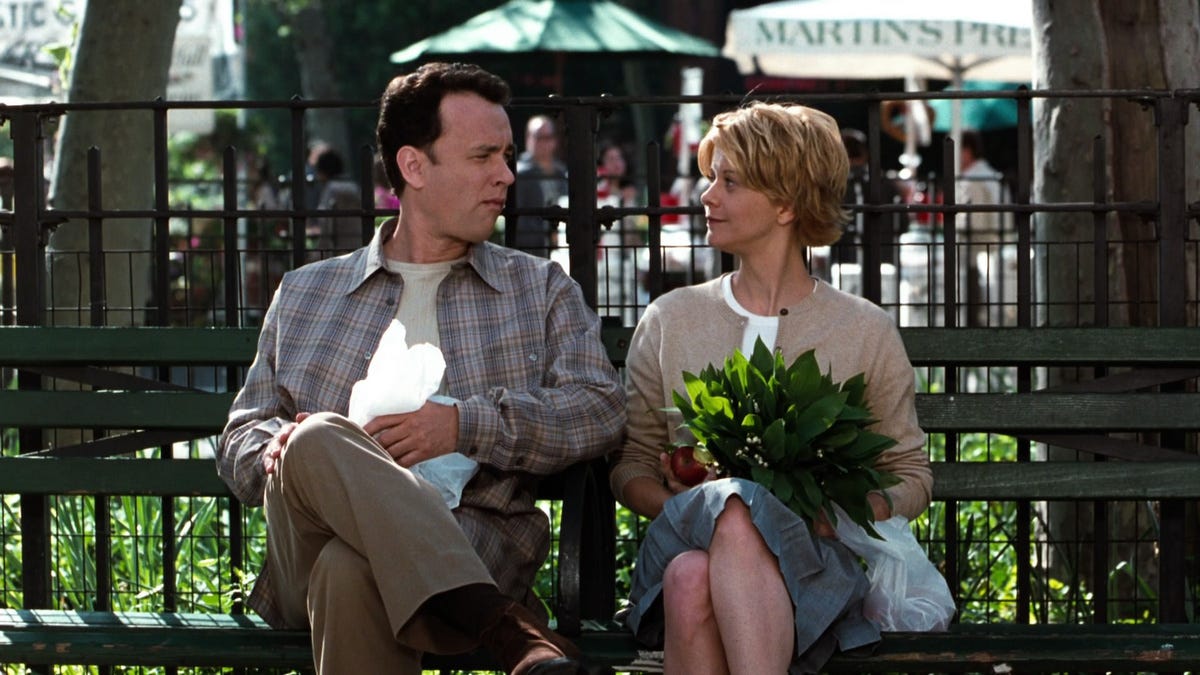When I think of Christmas, I think of my childhood. First in Trinidad, where on Christmas night, the tradition was to go door-to-door, eat snacks and drink sweet concoctions while listening in on adult conversations. I remember being carried on my uncle’s shoulder, laughing with my older brother and my grandmother sticking her rum-tipped finger in my mouth “just for taste.”
When I moved to Canada at five years old, it was also during the holidays. I had never seen snow before, but when I stepped off that plane with my mother and two brothers, we marveled at seeing our cold breath in the air and the feel of soft snow falling from the sky and onto our tiny faces. These are my most profound Christmas memories.
When I think about those scenes in my life, it’s no wonder that the holidays have transformed into the season of love. There’s a story of love in each snowflake, of family and food and decades-long traditions that emanate in every Emily Henry novel or Hallmark film. We look forward to these stories, simple and predictable as they may be, because these stories reflect a romantic, effortless existence that is soothing to our souls.
“I still have a lot to figure out, but the one thing I know is, wherever you are, that’s where I belong. I’ll never belong anywhere like I belong with you.” That’s a line from Emily Henry’s popular novel, People We Meet on Vacation.
Lines like that, stories like this one become more pronounced during the holidays. But have you ever stopped and asked yourself when all of this happened? And as writers, what can we learn from these stories that seem to suck us in the most at this time of year?

In North America, Christmas and Rom-Coms are synonymous and have been that way for decades. Check out your Netflix previews right now and you’ll likely see the section dedicated to holiday movies full of romance. Or take a walk through a bookstore and count how many Emily Henry, Nora Roberts or general Romance novels are currently on display.
Christmas has turned into the most romantic time of year.
But don’t you find it a bit odd? Christmas is that time of year when you gather the entire family. In-laws make trips to meet their new family, parents host dinners, aunts bake cakes and pack wine while uncles try their best not to say the wrong thing at the wrong time. It’s a generalization, I know, but my point is that the time of year that brings together family is also the time of the year when romance is most alive.
How do those two lines of thinking connect?
Let’s make sense of these seemingly disparate modes of interacting then let’s see what we can learn as writers.
The first Christmas movie we can track was a silent British movie in 1898. It wasn’t romantic, just a simple story of St. Nick sliding down the chimney of a Victorian home to the delight of two young children. But by the time we get to the 1940s, we see romance infused into many of the Christmas movies. A 1939 film titled Bachelor Mother is believed to be the first Christmas Rom-Com. But it’s the 1940’s film, The Shop Around The Corner that really stands out and sets the romantic Christmas trend on track.
Set in Budapest, this film stars Margaret Sullivan and James Stewart, two employees who can’t stand each other. What they don’t realize is that they are the same two people falling in love through their writing of letters back and forth. If this sounds familiar it’s because this film became the premise for You’ve Got Mail, the 90s Christmas classic starring Meg Ryan and Tom Hanks.
By the time the 2000s roll around, Hallmark starts taking over. From their initial release of The Christmas Card in 2006, Hallmark released 42 Christmas movies in 2023 alone.
42!
I think most of us in the West are guilty of watching a few Hallmark movies around the holidays, no matter how cheesy and predictable they are (more on this later). These Hallmark films make us feel warm—the setting of the dinner table with the whole family paired with serendipitous stories of love; cue the corny ending.
Meredith Haggerty wrote an article in Vox talking about the deeper connection between rom-coms, family, romance and the holidays:
“There’s a deeper recurring theme to these films, beyond just smooching: the reification of the American family unit…Often these relationships don’t only come with a potential future spouse but a whole future clan (i.e. the preponderance of widowed dads as romantic leads, which extends to the relatively higher-brow flicks).
Starting way back with Bachelor Mother, which is literally about a found family, we see time and again that Christmas means making someone be related to you who previously wasn’t. Full sets — by way of chosen children, surrogate parents, wacky adopted uncles, and others outside the nuclear family — are created in everything from Miracle on 34th Street to While You Were Sleeping.
In The Family Stone, sisters Sarah Jessica Parker and Claire Danes become sisters-in-law by marrying brothers. Romantic love in this genre is decidedly long-term minded: Four Christmases ends with a baby, The Santa Clause 2 with a wedding. In Die Hard, Holly Gennaro reclaims her ex-husband’s last name.”
As Haggerty explains so expertly, the ties between family and romance around the holidays are not as distant as you may think and actually speak to a presumed set of (American) values.
As writers, we can learn a lot from this.
Storytelling is about making emotional connections with your readers. But if there’s not a clear emotional tone to your story, that connection can become foggy or get lost. When you set the emotional tone of a story, you’re able to control how and when you tug on different triggers to push and pull your reader out of whatever emotions you’re guiding them into.
Egyptian-Canadian author, Omar El Akkad, does this masterfully in his novel What Strange Paradise. Throughout the entire novel, literally from the very first pages, there is a looming sense of dread. Something terrible is going to happen and you can feel it on every page. With Akkad setting that emotional tone, he’s able to then increase or decrease that sense of dread while also inserting opposing emotions.
For instance, by about a quarter way through the book, you feel an increasing hope for the main character, a young boy. You really start believing he can “make it” (don’t want to spoil it for you, so I’ll leave it as that) even though you know that there’s almost no chance. Then Akkad spins the reader’s emotions again and inserts anger. As you read through more and more scenes, you realize that none of what the boy is going through needs to happen and it makes you upset. All of this is happening while the constant emotional tone of dread is lingering in the air.
It really is brilliant.
That same brilliance is reflected in many of Emily Henry’s novels. Love her or hate her, Henry is expert at setting an emotional tone that quietly reverberates throughout her stories. You feel the gust of love floating in and out of her characters, and sometimes that gust is a tornado and other times it’s a light breeze, but it’s always present. That level of emotional consistency is what the reader relies on. It’s a gauge from which they can move further from or closer to, but without that gauge, readers feel lost, and if not all the way lost, they feel a level of disconnection they can’t fully articulate but causes them not to connect as deeply with the story as they would otherwise.
Henry herself says of her novel Happy Place:
“But in real life, for many of us, confrontation is terrifying. The thought of telling someone they hurt us, or asking if we’ve hurt them—starting a conversation whose ending we can’t predict—is terrifying. Even if we can’t name the thing we’re so afraid of on the other end.”
There is nuance in Henry’s “predictable” stories of love. As readers we can feel it, even though, according to Henry, we may “scream at our books and TVs.”
So, my fellow writers, as you gather with your family this holiday season, I urge you to look for the story. Keep your ears open to the words spoken between new lovers, observe the behaviour of couples who have endured years of marriage, immerse yourself in the joy of young children, and when you’re ready to create your own story, draw from those emotions because those are the emotions that will forever stay with your readers as they turn the pages of your tales.
Okay friends, tell us what is your favourite Rom-Com? And as writers, do you consider the emotional tone of your novel?







I have limited the amount of romance in what I write because I have limited knowledge of what it is "really" like, and I know that, particularly now, people will call me out if I get details incorrect. Usually it only comes up if I feel it's a logical progression of the story- whereas in a lot of these things, the shoe is force-fit onto a foot too small for it.
Notting Hill it is.